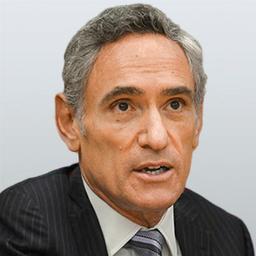Commentary
It was February 2020, and news accounts had been describing increasingly alarming information about a deadly new virus emanating from Wuhan, China. Apart from my general concern about the spread of the infection, I was confused about some of the basic numbers being aired.





